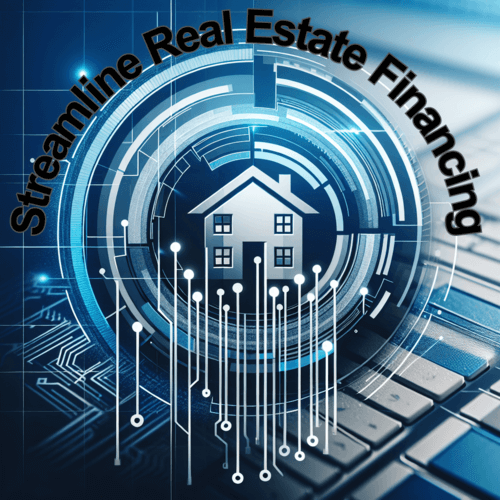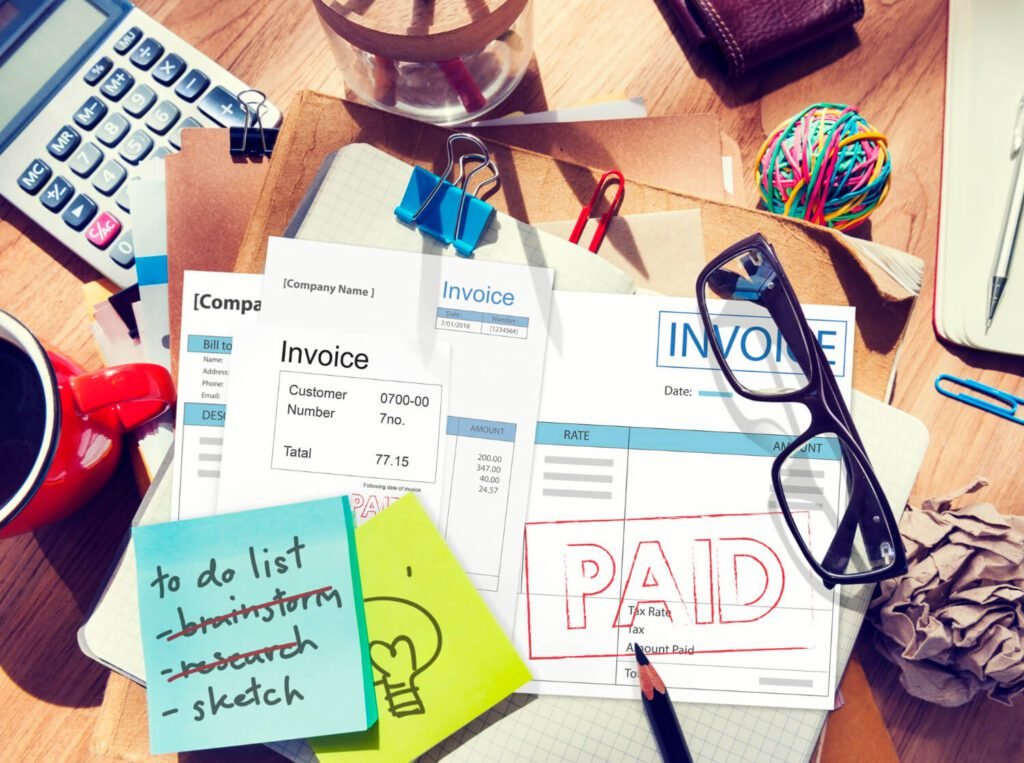Many of the people I speak with in finance and in general ask me why I believe interest rates will be dropping in the next 12-18 months.
It has to do with what the debt ceiling is, what the prime rate signifies and what they mean for the economy. I wrote this to help clear it up a little and show the connection between what seems to be the start of a recession and the fastest increase in interest rates in history.
The US Prime Rate
The US prime rate is the interest rate that banks use to lend to their most qualified business clients. They also use the rate to set the rates on other lending products like secured loans and credit cards.
Just over a year ago the prime rate was 3.5% and a year later it is fast approaching 8.5% more than doubling in less than 12 months.
The impact on business and the economy is substantial. The prime rate doubling took mortgage rates right along with it and effectively doubled the cost of borrowing for homeowners.
Business owners with variable debt have seen their expenses jump. On a hundred-thousand-dollar credit line the monthly payment has increased from $292 a year ago to $708, a 248% increase in 12 months. The rapid increase in interest costs not only affects current debt costs but also makes it much more difficult to get new business financing.
The Debt Ceiling
The US federal debt ceiling was established by congress in 1939 when the federal debt hit $450 Billion. In anticipation of the out-of-control spending that could happen by politicians spending someone else’s money the ceiling was put in place. The first ceiling was $45 Billion. In theory, the government was limited to a total amount of debt that could not exceed $495 Billion.
The current federal debt is $32 Trillion. The ceiling has been raised 100 times since it was first established and has a significant effect on the US economy and our reputation around the world. I can’t understand why they continue to call it a ceiling and not a wish.
The reason you are hearing so much about it in the media is that we are hitting it again. If congress doesn’t lift, or as they refer to it raise, the debt ceiling the US government will effectively become insolvent. If that happened payments would stop to:
- The US Military
- Social Security Recipients
- Medicare
- Government Contractors
- Foreign Governments
- The Interest Payments Due on The Debt
This would cripple the US economy and destroy our reputation around the world. There’s nothing to worry about, they will absolutely raise the ceiling again. They have done it 100 times before. The scary part is the size of the debt.
The US Prime Rate and The Debt Ceiling
The current amount owed on the federal debt is $32 Trillion dollars. When applied to the debt means for every 1% increase in interest rates the annual interest on the debt rises by $320 Billion or over $6 Billion a week.
Let’s do some math. The prime rate is up 5% from a year ago. That’s a potential increase in the expenses of the US government of over $1.5 Trillion per year or $30 Billion a week in just interest expense. This doesn’t include the debt of each of the individual state governments, but they are being managed by politicians as well and is Billions per state.
Over 8 months ago I wrote a BRIEF REPORT on the economic indicators I was seeing that made me nervous about the coming recession and possible bank failures. I noticed some of the same economic issues I saw before the 2008 crisis.
Here’s a quick overview of those the issues from my report:
Current Economic Indications Also Seen Prior to 2008 Crash:
• A massive run up in the value of real estate, 10% in 2020 and
20% in 2021 largely based on easily available financing
• The removal of the easy financing rates and/or programs
• A restriction of the money supply not just due to the higher interest rates but also to much more difficult qualifying guidelines
• Inflation, which is purchasing power and savings eroding
• Bond and Stock markets dropping by percentages not dollars
These are a couple of the ways I wrote to prepare for economic turmoil:
- Tighten your belt. Conserve cash and start cutting back spending
- Create a severely scaled back budget and hope you never need it
- Consolidate debt on fixed rates
In conclusion there are many reasons I think we will see interest rates drop soon:
- Interest rates have never risen this fast
- Economic activity trails a quarter or 2 before we see the full impact
- The past couple years the feds have been using interest rates to manage the economy
- Dropping to rates to all-time lows and the fastest increase in history
- There is a presidential election next year and a full-blown recession will hurt the democrats
I hope I’m wrong and the economy doesn’t spiral out to the point that dropping interest rates fast is used as a rip cord, but I wasn’t wrong last year.



